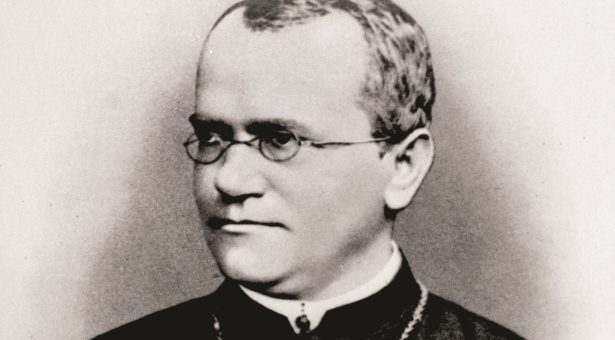Digital detective work tracks the travels of Gregor Mendel

Gregor Mendel’s place in history is secure as the father of genetics but otherwise relatively little is known of the Augustinian friar from Brno (now in the Czech Republic.)
When the work of Mendel (1822-1884) was rediscovered, it was 16 years after his death and his notes and letters were long gone.
His work became familiar to generations of students via the textbook descriptions of his crossing experiments with the garden pea.
Otherwise, the picture we have is that of a man leading a life isolated from the rest of the world combining scientific experiments with monastic duties.
This image needs to be revised according to new evidence which has been uncovered by Peter van Dijk, a scientist at AgBiotech company KeyGene together with molecular geneticist Noel Ellis of the John Innes Centre.
Shortly after the rediscovery of Mendel’s work in 1900, Hugo Iltis, Mendel’s first biographer, started to interview people who had known the great scientist.
One of the vague recollections was that Mendel had travelled to England and Italy in the 1860s. Besides, a large group photo, taken in front of the Grand Hotel in Paris, came to light; it is dated 6 August 1862, and Gregor Mendel stands in the centre dressed in secular clothes. However, the how and why of those two journeys remained unknown.
In findings which appear in Folia Mendeliana, a scientific journal about Mendel’s life and work, Van Dijk and Ellis discovered that Mendel took part in all-inclusive group journeys by train. These special Vergnügungszüge (pleasure trains) were new and received extensive coverage in the Viennese newspapers.
Online historical newspapers allowed for a detailed reconstruction. It turned out that the ultimate goal of the 1862 trip was the World Exhibition in London after spending a week in the “Mecca of pleasure”, Paris.
The group trip to Italy was made a year later, in 1863, and included visits to Florence, Naples, Pompeii, and a visit to the Pope in Rome. Contrary to previous speculations, this was not a private audience. The entire tour group, including Mendel, was received by the Pope.
“The image that emerges is that Mendel fully participated in a society undergoing major changes and progress at the time. The new pleasure trains were the talk of the town in the Viennese coffee houses, and Johann Strauss Jr. even composed a Vergnügungszug polka in 1864.” said Peter Van Dijk.
Noel Ellis said: “It was already known that Mendel studied at the university in Vienna and taught at a public high school. Now with the added evidence of his train excursions, we see that Mendel was anything but a lonely, unworldly monk. These publications solve two of the many riddles and mysteries surrounding one of the most influential scientists in the history of biology.”



